News tagged ‘SIM’
Enable Emoji for free via AppStore App

Emoji, emoticons and pictorial characters popular in the Japanese instant messaging culture, were introduced to Japanese customers as part of the iPhone 2.2 Firmware update, but have required workarounds to be enabled for non-Japanese users. There are many solutins to turn Emiji Icons (Get Emoji Icons for free), but the easy one required jailbreaking. Recently Apple approved an application that simplifies this process. App is called EmotiFun and it is free (AppStore ).
Everything is simple: get app, run it, exit and go to Settings -> General -> Keyboard -> International Keyboards -> Japanese and enable.
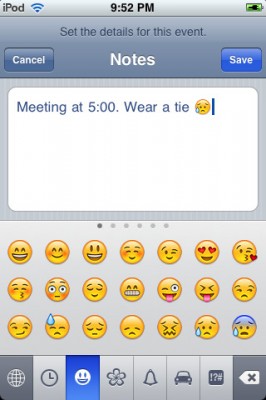
VoicePainter [AppStore]

Just paint with any sound. You can sing, talk, play on a musical instrument, or simply blow into the iPhone to paint a beautiful colorful pictures. The louder the sound, the bolder the stroke. You can save your creations to your iPhone photo library. To erase the screen, simply shake the iPhone.
Cost is $0.99 in AppStore ().
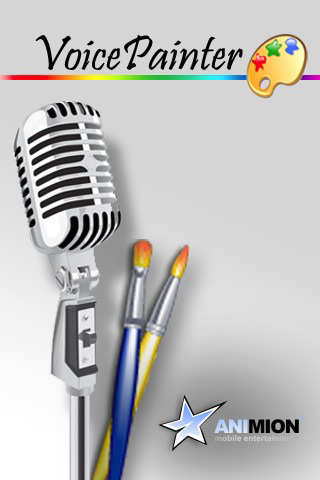

Time lapse photography [AppStore]
TimeLapse ($0.99, ) uses your iPhone's camera to take photos at regular intervals. You can have one photo snapped as infrequently as every 24 hours, or as often as every 10 seconds. After you've collected all of your photos, you can easily dump them into iMovie or QuickTime Pro and make a simple time lapse movie.
via tuaw
CubeCheater - Rubik's Cube puzzle solver
A new iPhone app called CubeCheater helps you solve the classic Rubik's Cube puzzle toy using a mix of sophisticated algorithms and simple image-recognition technology. CubeCheater sells for $0.99 in the App Store ().
Here's how it works. You take six pictures of your mixed up Rubik's Cube using the iPhone's camera — one photo per side. If you have an iPod Touch, you can also tap in the color combos manually. CubeCheater is able to recognize the placement of each colored square and generate a 3D map of your cube. It then figures out the quickest path to solving the puzzle and gives you a set of easy-to-follow, step-by-step instructions.
via wired
Next generation iPhone proof in firmware 2.2.1
MacRumors has discovered that iPhone's firmware has evidence of the next generation iPhone which has been designated "iPhone2,1". This new model number can be found in the USBDeviceConfiguration.plist in an unencrypted firmware.

Apple uses these models numbers to distinguish between different hardware models. The original iPhone carries the model number of "iPhone 1,1" while the 3G iPhone is labeled "iPhone 1,2". These numbers do not change for simple storage increases and instead represent functionally different devices. Similarly, the iPod Touch was originally introduced as the "iPod 1,1" and the most recent hardware revision was labeled "iPod2,1".
Meanwhile, at least one developer has noticed actual "iPhone2,1" models in use based on PinchMedia ad serving reports.
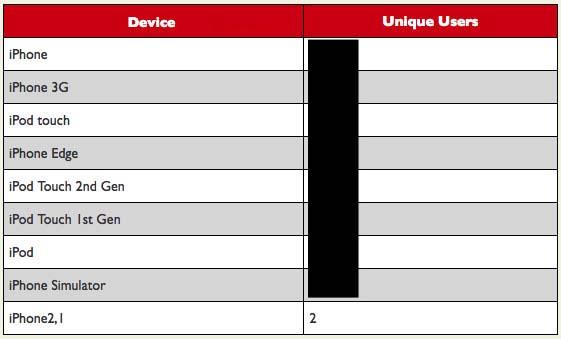
via macrumors
Get Emoji Icons for free
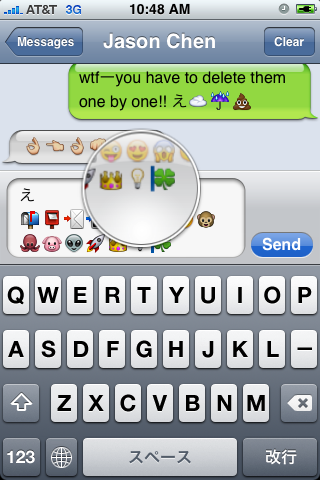
First of all these icons can be viewed on any iPhone with 2.2 firmware. But to be able to send these icons users need to perform additional actions. There are 4 ways to turn them on and 2 of them are free:
Solution N1 for $5.99:
In AppStore buy and install . Goto Settings -> Touch Dial -> Enable Smiley icon ON. Launch Touch Dial. Go to Settings -> General -> Keyboard -> International Keyboards -> Japanese and enable "Emoji."
Solution N2 for $0.99:
In AppStore buy and install . Play with the app for a minute to activate, click on a story, etc. Go to Settings -> General -> Keyboard -> International Keyboards -> Japanese and enable "Emoji."
Solution N3 for Free:
your iPhone. Run Cydia and install Emoji application (iSpazio repository). Go to Settings -> General -> Keyboard -> International Keyboards -> Japanese and enable "Emoji."
This application adds boolean ‘true’ key KeyboardEmojiEverywhere edits in /User/Library/Preferences/com.apple.Preferences.plist. You can do it manually if you want.
Solution N3 for Free:
Step 1. Download the vcard.vcf .
Step 2. Import it to your address book program. If you are using Windows, you may want to do it on iPhone directly. Send the vcard.vcf file to yourself. Open in on iPhone’s Email.app, click the vcf file and import all the contacts.
Step 3. Go into “Settings” > “General” > “Keyboard” > “Japanese Keyboard”. Enable the QWERTY keyboard.
Step 4. In notes or any other program you want. Type “emojia”, “emojii” or “emojiu” to select those ![]() icons.
icons.
I like Solution N3. It is free and simple. You do not need to play with contacts and etc. But you need to jailbreak an iPhone.
iPhone 3G unlock tutorial
Dev Team finally made it. They created software called yellowsn0w, that unlocked iPhone 3G. Now you can use any carrier you want. I successfully unlocked my US version.It works much more stable than sim proxy method.
Please, back up everything on your iPhone before you start, just in case. Everything you do is your responsibility. I had to go through all 4 steps to make my iPhone 3G work. I used only my new sim without sim proxy.
Here are the steps:
 Leave a comment, read comments [3]
Leave a comment, read comments [3]
SimCity for iPhone [AppStore]

Many gamers know SimCity. Now this game is made for iPhone and iPod Touch.

It is avaliable via AppStore for $9.99 ().
Features:
- Touch, tap, drag and flick to create a thriving metropolis!
- Zoom in and out of your vibrant cityscapes by pinching
- Eight tool categories give you the ability to plan, zone, build, bulldoze, and manage your city
- Tutorial, starter cities and 3 difficulty modes for fun and challenging gameplay
- Take charge of the city budget and decide where best to spend taxpayers' hard-earned Simoleons
- Public works management including Water, Power, Garbage and Recycling
- Public and private transportation with roads and rail
- Test your city infrastructure with disasters – UFOs, Fires, Tornados, Earthquakes and Toxic Clouds
Here is a video:
Where are all unlocked iPhones
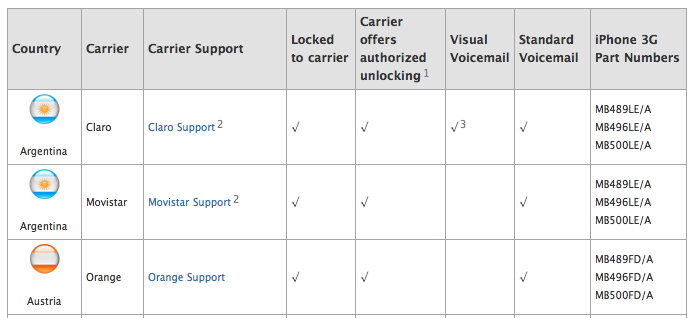
This past Saturday Apple posted a , a simple list of all the carriers currently selling iPhone 3G’s and which ones are locked and which ones are unlocked.
via theiphoneblog
BattleSky [AppStore]
This simulator will be avaliable soon in AppStore.
The Simpsons in an Apple Store
DevTeam about firmware 2.2
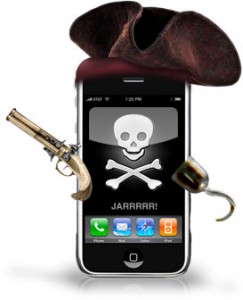
DevTeam says that 2.2 update SHOULD NOT be applied using iTunes if you want the chance of a soft-unlock in the near future. Use new version of PwnageTool (not avaliable yet, but will be soon).
Some fact:
- The 2.2 firmware for 3G contains a baseband update for the 3G iPhone
- The 2.2 firmware for 2G (1st gen iPhones) doesn’t contain a baseband update and the baseband is still at 04.05.04
- Pwnage technique (and therefore the Jailbreak) isn’t affected, but and do not support this release as yet, so DO NOT install 2.2 using iTunes as you will lose your
Remote Windows on iPhone
Citrix is porting XenApp to the iPhone. XenApp is a remote Windows application that is presently available for Mac, Windows and some mobile platforms. XenApp allows users to remotely log into their corporate networks to access their Windows applications.
The functionality seems similar to existing VNC clients for the iPhone, but Citrix's XenApp apparently transmits window display information rather than the raw graphics (wikipedia ). This is much better than VNC over network connections such as 3G and WiFi.
Virtual reality from Apple
The US Patent Office today published two Apple that reveal the company having researched a unique head-tracking display technology designed to replicate the theater experience. A head-mounted display with head-tracking technology intended to reduce viewer fatigue and disorientation by simulating a theater or other viewing environment.
The wearer of the device can pick a seat in the fake theater and then manipulate the image, zoom in and out, and look around thanks to an accelerometer and gyroscope built into the goggles.
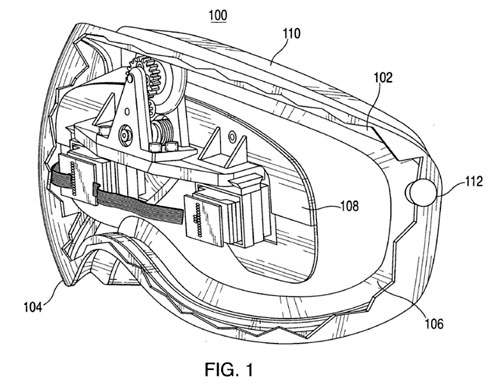
iRa - the most expensive iPhone app [AppStore]
iRa application is the most expensive iPhone application. It costs $899.99 (AppStore ). iRa provides the user with viewing and control of IP based surveillance equipment. The company recommends users contact a reseller/integrator to make sure the proper equipment is used to run the app.
Features include:
- Easily view many video feeds simultaneously
- Full screen video view
- PTZ (pan, tilt, zoom) control for camera motion
- Familiar finger drag and pinch controls
- Group cameras for quick access
- Automatic discovery of properly configured network cameras
Here is a demo video:
via macrumors